Community Pool
‘Sustainability’ is the definition of preserving, conserving, and updating community pools with cost effective decisions. Community Resource Advocates is designed to assist board members to research “best known practices” and to offer solutions for sustainable options. Here are some suggestions to assist in keeping up the community’s swimming pools. CRA (Community Resource Advocates) is not recommending, suggesting, or promoting any specific contractor. CRA only shares professional advice that is promoted as ‘sustainable’.

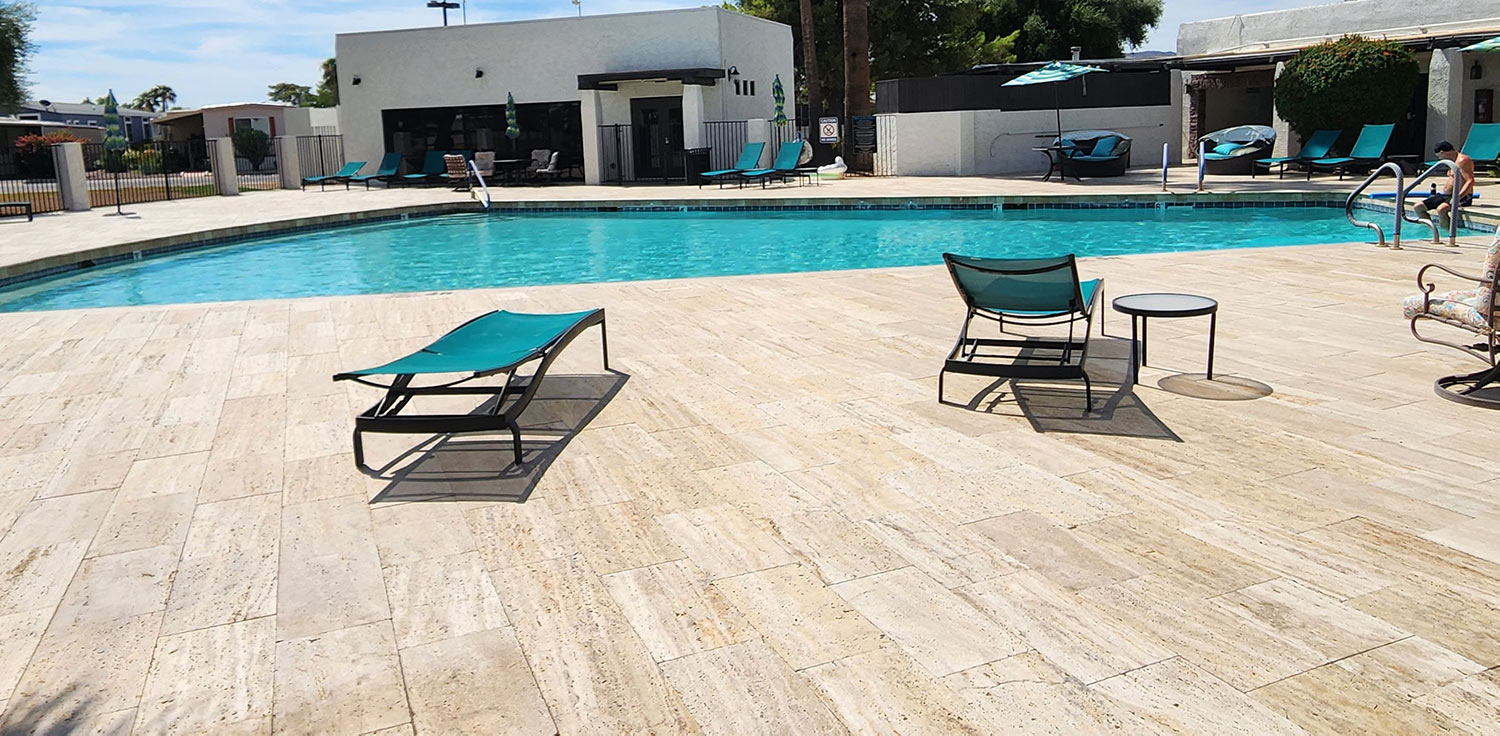
Skim off leaves and debris
Skimming is a task that should be done daily. Use a long-handled leaf skimmer to gather up leaves, insects and any other debris floating on the surface of the pool.
Skimming the surface of your pool takes just a few minutes and keeps water looking crystal clear. More importantly, the debris you skim off the top of the water never has a chance to dirty the bottom of your pool or clog up your filtration system or create stains.
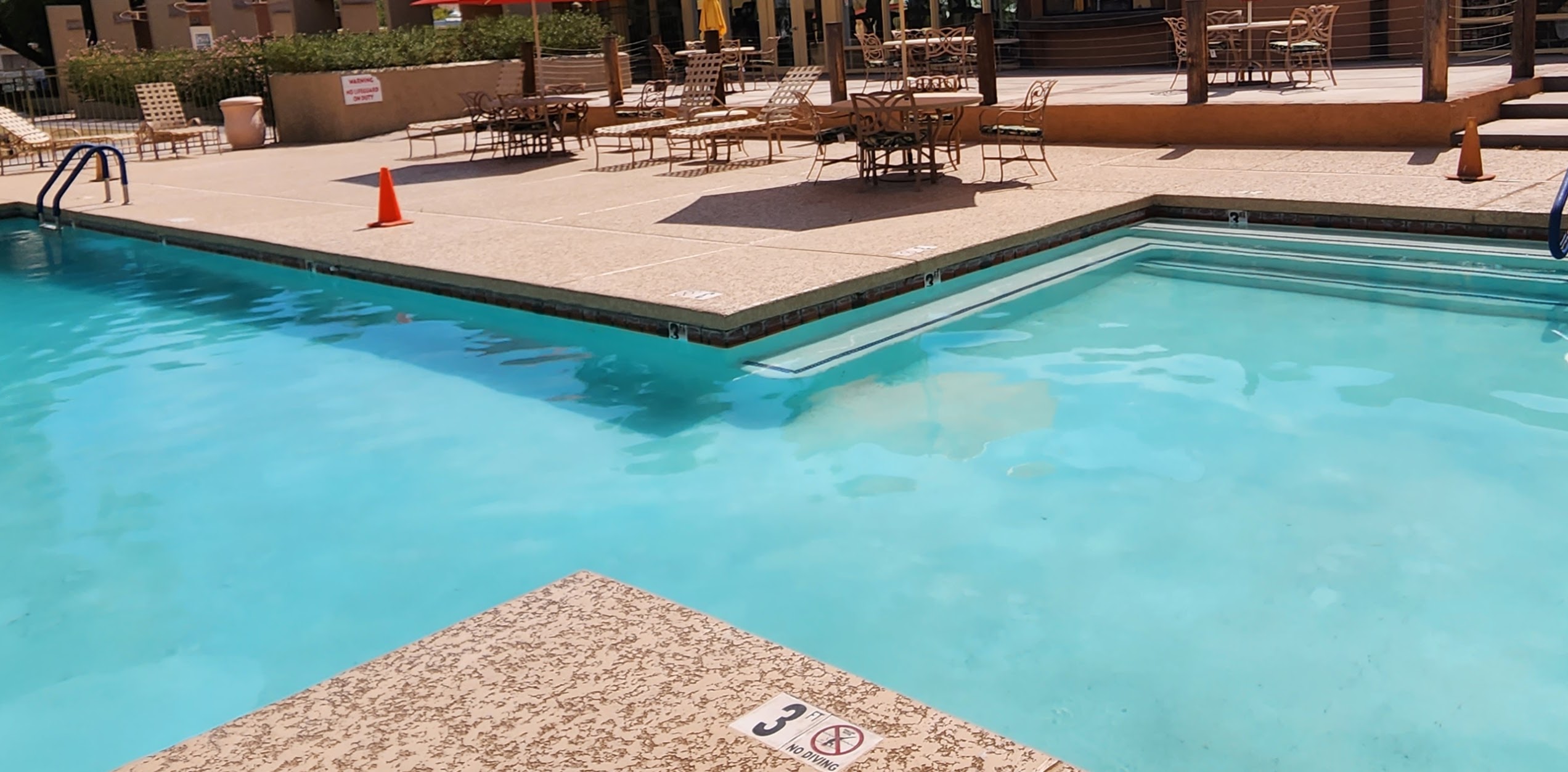
Brush sediment from pool walls
Algae and small bits of debris can gather on the walls of your pool, as well as pool fixtures like ladders and slides. Brush the pool walls and fixtures each week to remove dirt and prevent the spread of algae.

Automatic vacuum cleaner
If you are using an automatic vacuum, you just need to plug in your cleaner, set it in the water and let it work for you! Be sure to clean the skimmer often as if necessary. Removing debris allows the skimmer to operate at maximum efficiency by catching most debris that ends up in your pool. Keep an eye on your pool’s water level to assure the debris will be collected effectively.
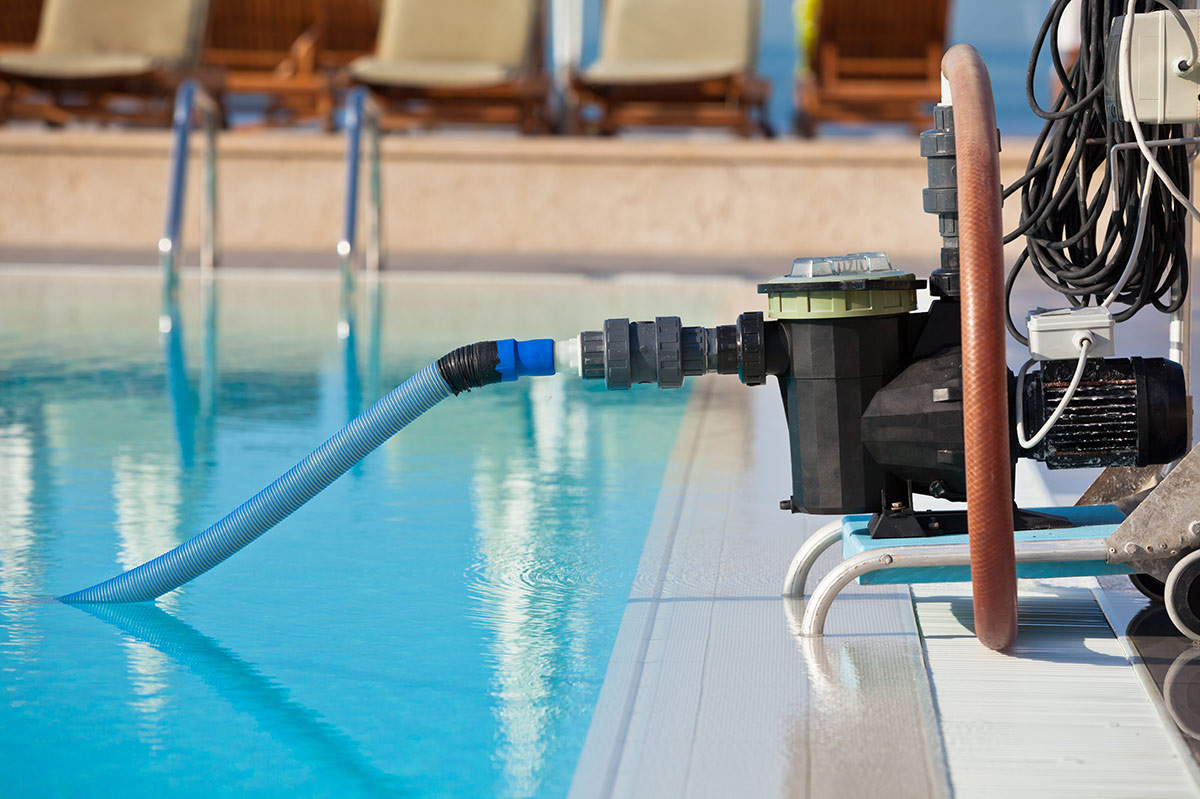
Keep Your Pump Running
Your pool’s circulation system includes the skimmer, pump, pump strainer, drains and filter. The system helps chemicals work effectively and ensures that water is properly filtered.
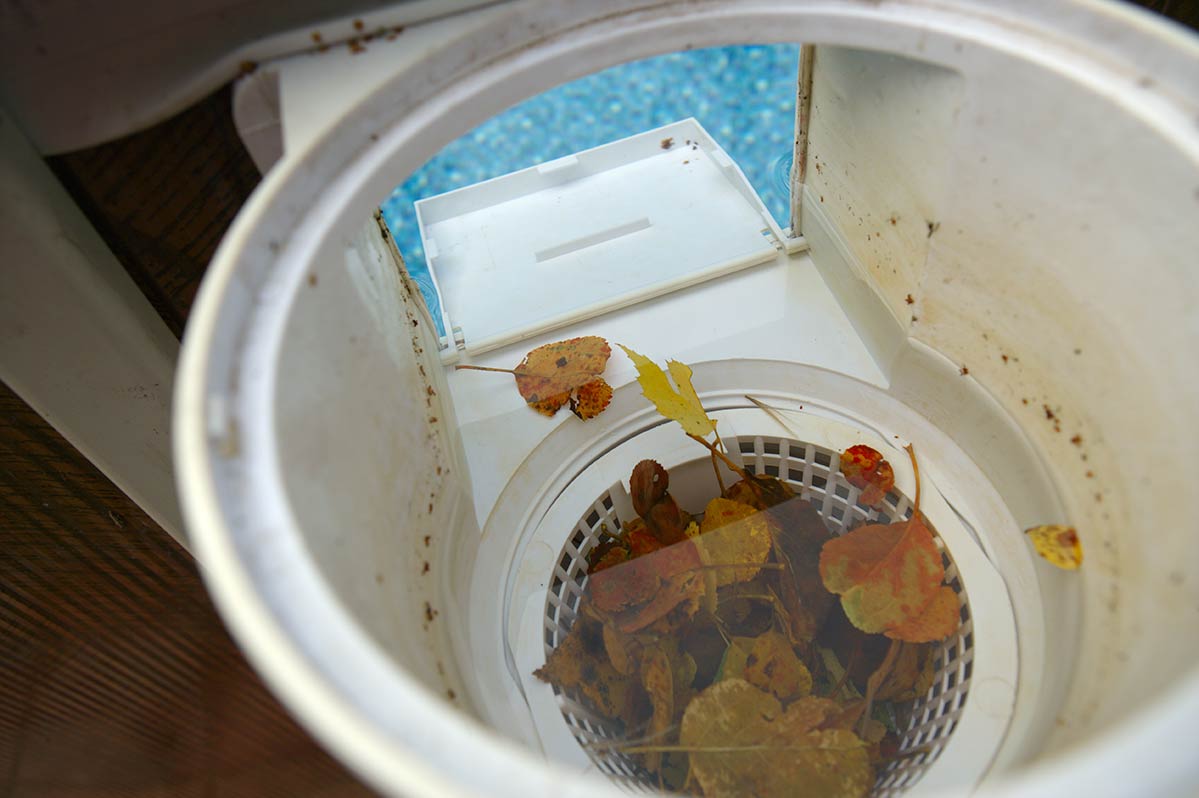
Check Filter and Backwash as Needed
You should clean and maintain your filter according to the manufacturer’s directions and type of filtration you have.Backwash the pool filter as needed (weekly for pools that see a lot of useor when the filter gauge reads 8-10 psi higher than normal).
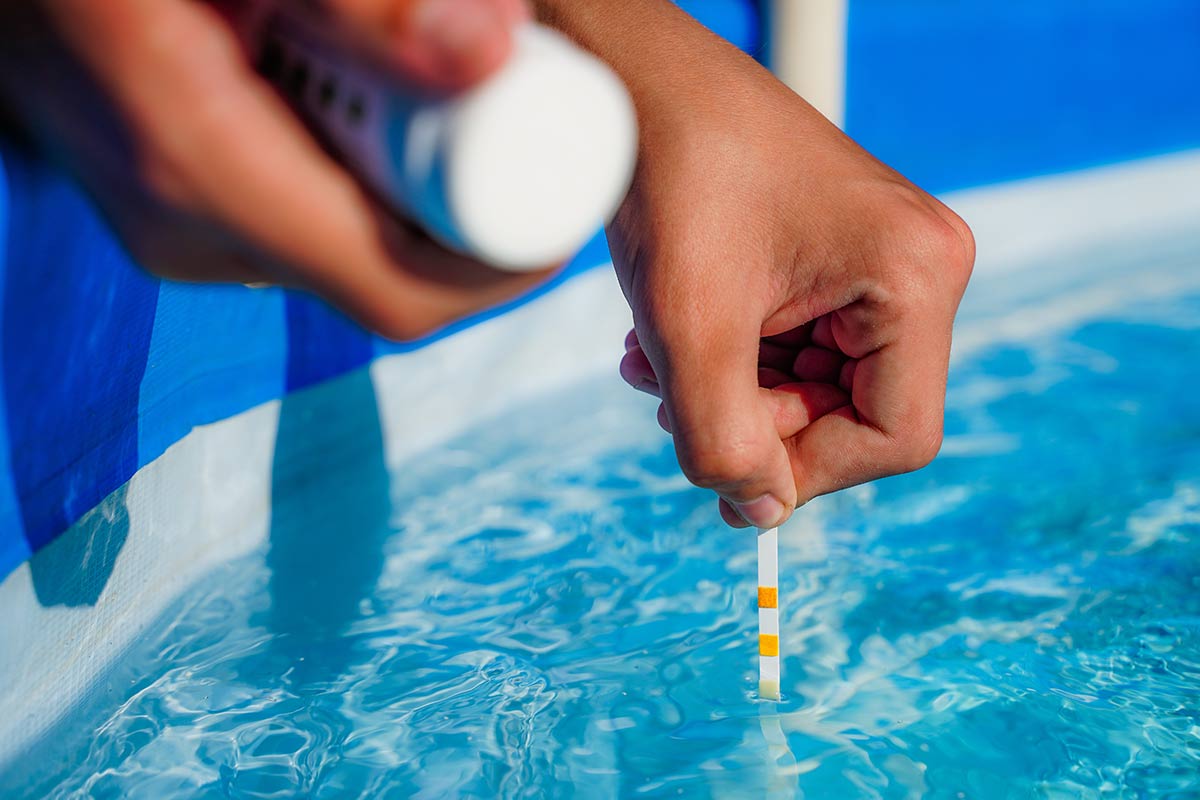
Test Pool Water and add chemicals
Test your pool water frequently (daily or weekly depending on use) and add chemicals as necessary, following manufacturer’s directions. Pool chemicals include various kinds of disinfectants and sanitizers which work to control the growth of certain kinds of algae and bacteria in the pool water. Regular shock treatments cleanse the water of algae, bacteria, dirt and any other organic matter that may have entered the pool. Follow manufacturer’s directions for shock treatments.
Sustainable practices will consist of ‘preventable policies.’ Community Resource Advocates educate on preventable actions as well as assisting in creating a sustainable program for your community’s swimming pools in your community.
